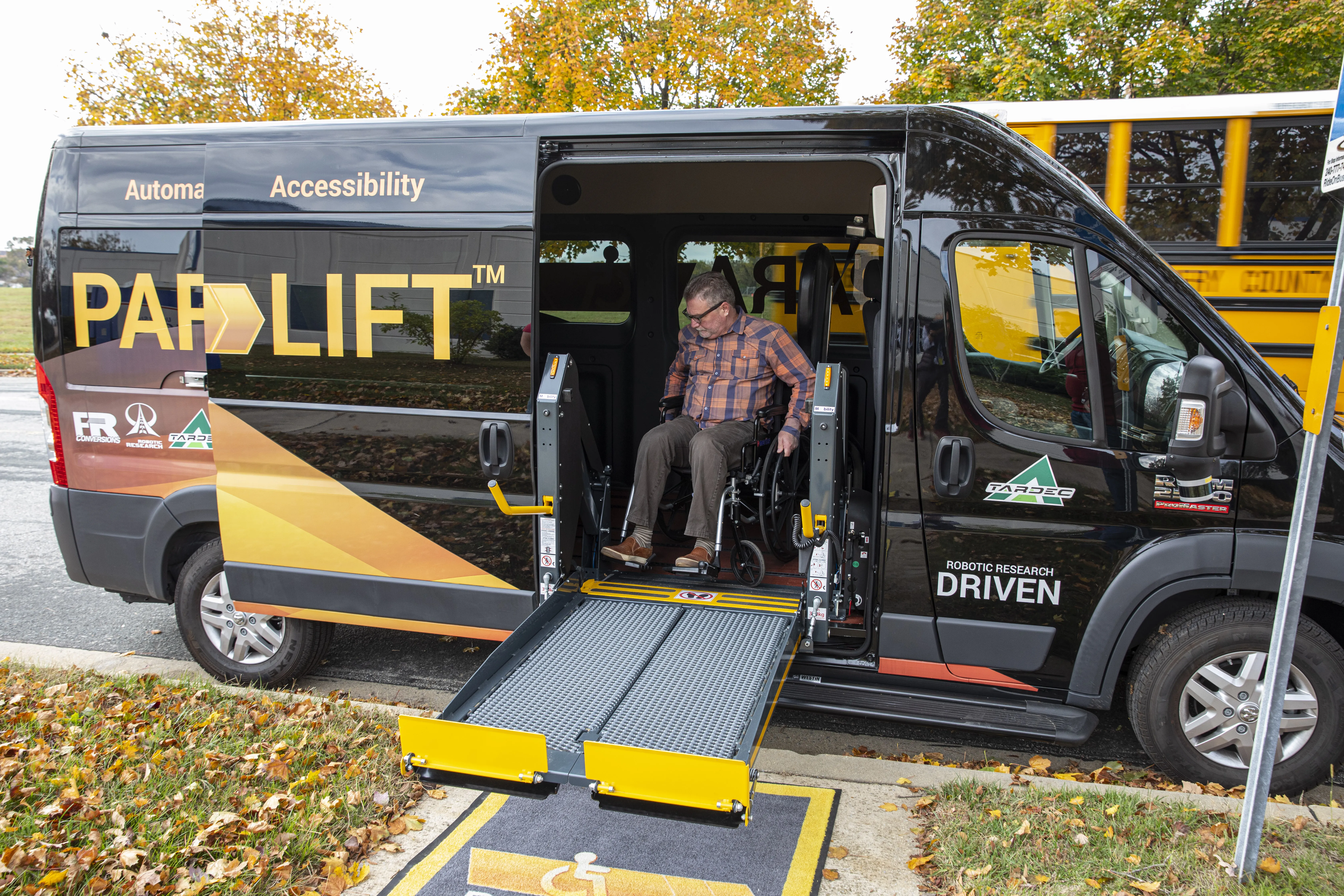Busem, part of ČSAD autobusy České Budějovice a.s (CSAD), is using Papercast’s solar-powered e-paper displays to create smart bus stops at 14 major locations across the city of Písek in the Czech Republic. The displays are designed with the intention of improving the day-to-day passenger experience and fuel wider adoption of bus services. It also aims to provide passengers with dynamic arrival information based on the actual position of the vehicles on the route as well as immediate updates on service or connection disruptions due to abnormal traffic conditions.
The project is part of a wider real-time passenger information platform, including a bus position tracking system, which integrates with the Papercast data management platform to deliver content to the displays. E-paper displays will show line numbers, routes from bus stop, actual arrival times and closest connections. It will also show messages for significant service changes and promote important city information, news and events.
Papercast’s displays come with night time LED illumination for readability in all lighting conditions and are intended to use less power than an LCD display. In addition, the panels are securely mounted to existing bus stops and connected wirelessly to the cloud-based data management platform to reduce civils work. Protected by a ruggedized IP65-rated enclosure, the platform is in continual development and can be remotely updated and managed.
Radek Novotný, company executive at BNV Consulting, responsible for delivering the solution for CSAD, said: “The overall purpose of this project is to increase public transport usage by substantially improving the quality of services – using advanced and sustainable technologies. In Pisek, the bus stops provide the gateway to the service, the point where people decide whether and what services will be used. Timely and accurate service information is the absolute foundation to passenger certainty and confidence that transport services are well managed and predictable.”
Busem installs e-paper displays at 14 smart bus stops in Pisek
Busem, part of ČSAD autobusy České Budějovice a.s (CSAD), is using Papercast’s solar-powered e-paper displays to create smart bus stops at 14 major locations across the city of Písek in the Czech Republic. The displays are designed with the intention of improving the day-to-day passenger experience and fuel wider adoption of bus services. It also aims to provide passengers with dynamic arrival information based on the actual position of the vehicles on the route as well as immediate updates on service or
November 17, 2017
Read time: 2 mins










